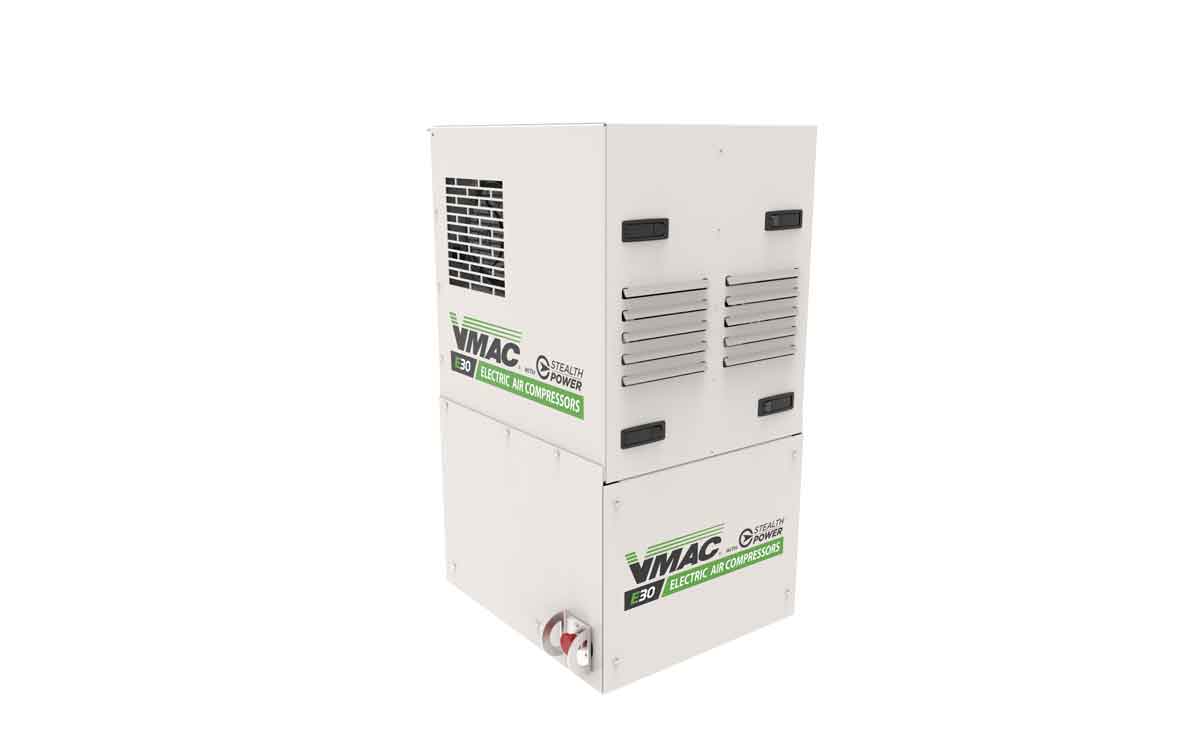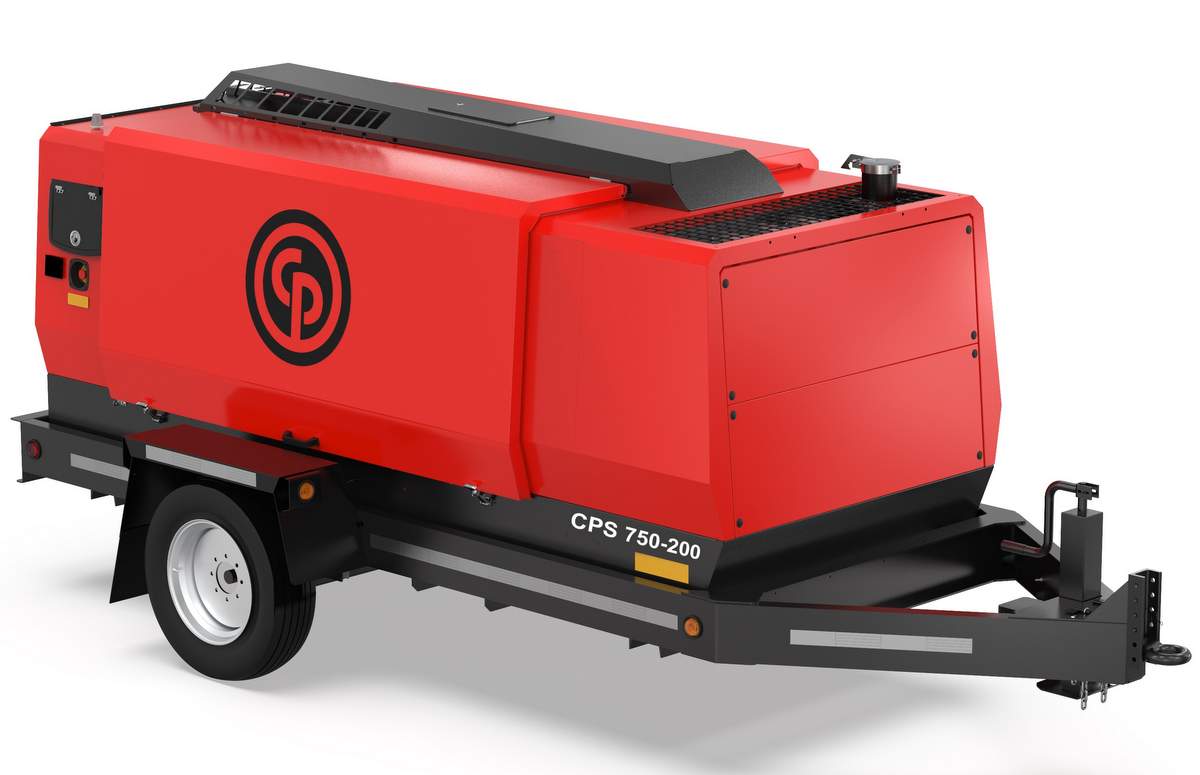Five Tips for Safely Transporting Your Portable Air Compressor

Transporting a portable air compressor may seem straightforward – and something many in the construction industry do on a daily basis, but ensuring your compressor’s safe arrival at a jobsite involves more than simply loading it onto a vehicle. Whether you are towing it behind a truck or loading it onto a trailer, there are key steps to prevent damage to the compressor and avoid accidents on the road. Users should keep in mind these five helpful tips when transporting their air compressor(s) to their worksite to ensure it arrives safely – and ready to work.
1. Choose Your Mode of Transportation
Different modes of transport come with different rules and safety considerations. Whether you’re heading to an urban jobsite or navigating remote terrain, pick a vehicle that can handle the various road conditions you may encounter.
Flatbed trailers are a popular option, as they can transport one or multiple compressors depending on the job’s needs. Use a crane to attach the compressor to the lifting eye for easy loading and unloading. Some larger air compressors have fork pockets, which allow users to utilize forklifts to raise and lower the machine onto the flatbed.
When a flatbed trailer isn’t available, rollback trailers are another option. These trucks use a hydraulic system to tilt the platform for easy loading using the truck’s winch. Rollbacks are often used when cranes or forklifts are not available.
Whichever mode of transport you choose, flatbed or rollback truck, be sure to utilize all tie down points to secure your load.
2. Ensure Proper Towing
When your jobsite calls for a single air compressor, towing the compressor behind a truck is the obvious best choice. When using the “drive-away” method, users need to take into consideration such criteria as the truck’s towing capacity and the gross weight ratings for their vehicles. Check the owner’s manual to make sure the truck is rated to safely pull the compressor’s weight. Also confirm the hitch height and truck configuration are compatible with the compressor. A 3-in. lunette ring or a ball hitch, the heavy metal component installed on the front of a trailer, is typically used to secure the compressor to the truck.
3. Prioritize Safety First — and Always
If towing the air compressor, always use a strong set of safety chains to secure the machine to the truck. This will keep the compressor in place if the hitch becomes disconnected during the journey. Don’t forget to check the electrical connection to ensure all brake lights and turn signals on the compressor are functioning properly. For larger compressors, electric brakes are often standard, but even for compressors under 2,000 lbs, adding brakes is a good extra precaution.

4. Avoid Overloading
Portable air compressors are heavy pieces of machinery, typically ranging in weight from 2,000 to 3,000 lbs for smaller 185 CFM models, and to up to 5,000 lbs for their bigger 375 CFM models. If you are moving several compressors, don’t try to overload the trailer; nine or 10 smaller (185 cfm) compressors can typically fit safely on a standard flatbed trailer. If you are transporting larger compressors, make sure you know the compressor weight to keep from overtaxing your vehicle and compromising the safety of your rig.
5. Follow the Rules of the Road
When driving, avoid quick starts and sudden stops that may cause unnecessary stress on your compressor. Maintain a safe distance from other vehicles and increase your slowdown distance. With air compressors weighting up to 5,000 lbs, you will need significant extra stopping time, particularly when traveling at highway speeds. If your jobsite is in a remote area, plan your route and be mindful of road conditions. (High quality) Portable compressors are built to handle rugged terrain and uneven surfaces, so choose a compressor brand that can manage rough handling.
Bonus Tip: Perform a System Check. Once your compressor is at the jobsite, be sure to perform a thorough inspection before starting it up. While (high quality) air compressors are designed to operate in all sorts of working environments, including dusty/dirty jobsites, it’s essential to check for fluid leaks and disconnections caused during travel. A quick inspection ensures your compressor is ready for a full day of work – before you unload it.
Whether you’re transporting your first portable compressor or your one hundred and first, by following these helpful tips, you can confidently transport your portable air compressor to any jobsite safely.
Jerel Cole is the senior product manager of portable air compressors for Hitachi Global Air Power.




